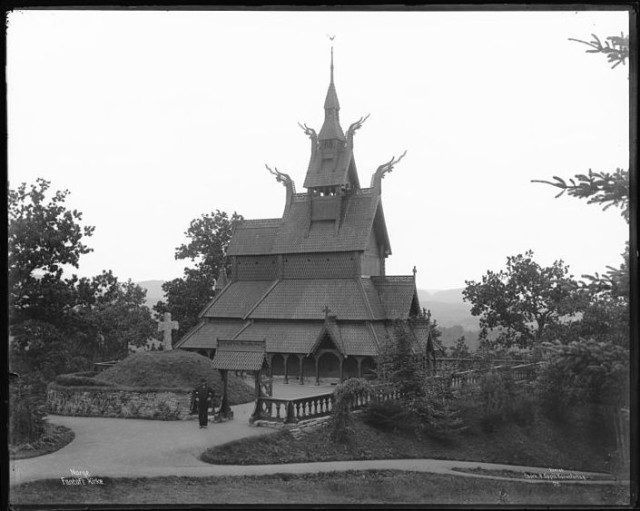Fantoft Stave Church (Norwegian: Fantoft stavkyrkje) is a reconstructed stave church in the Fana borough of the city of Bergen, Norway.
The church was originally built in Fortun in Sogn, a village near inner or eastern end of Sognefjord around the year 1150. In the 19th century, the church was threatened by demolition, as were hundreds of other stave churches in Norway. The church was bought by consul Fredrik Georg Gade and saved by moving it in pieces to Fantoft near (now in) Bergen in 1883.
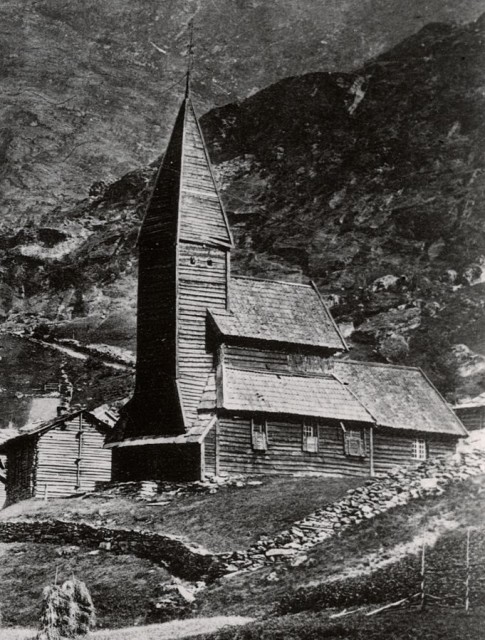
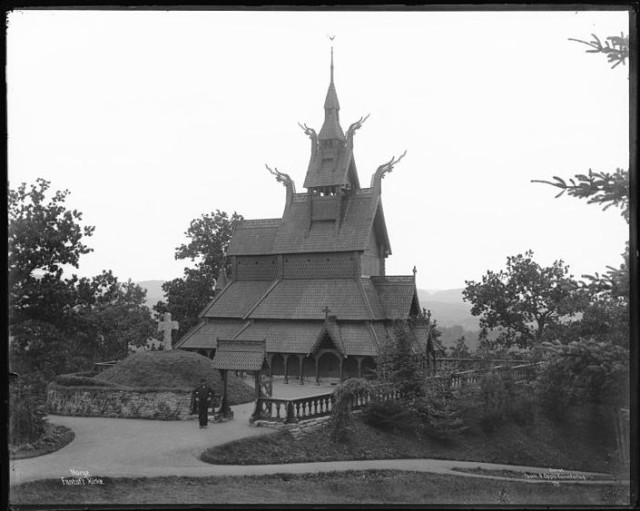
Gade began working in his father’s manufacture business F. G. Gade around the age of his Confirmation and took over the company in 1849. As he did not acquire burghership until 1853, the company was run by his first cousin Herman Baars in the first phase. The company eventually went well, and in 1877 Gade retired from business, buying the farm Øvre Fantoft in Fana. He developed the surrounding area, and even bought a stave church which stood at Fortun in Sogn og Fjordane, had it moved and re-erected it as Fantoft stave church.
Outside the church stands a stone cross from Tjora in Sola.
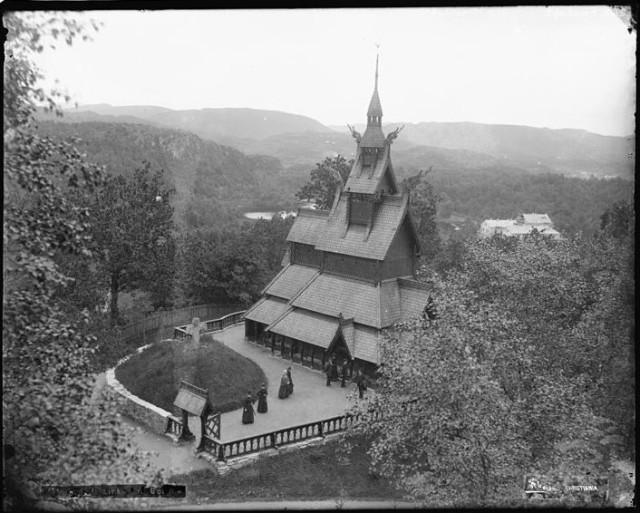
Eventually, the church was listed as a historic site. That is, of course, until it was burned to the ground. On 6 June 1992, the church was destroyed by arson; the first in a string of church burnings by members of the early Norwegian black metal scene. At first, the fire was thought to have been caused by lightning or an electrical failure. By January 1993, arson attacks had occurred on at least seven other major stave churches.
In 1994, Varg Vikernes of the one-man band Burzum was found guilty of burning Åsane Church and Storetveit Church in Bergen, the burning of Skjold Church in Vindafjord, and the burning of Holmenkollen Chapel in Oslo. He was also charged with the burning of Fantoft stave church, although the jurors voted not guilty. The judges called this an error but did not overthrow the whole case.

Vikernes was rumored to have been motivated both by paganism and theistic Satanism but has denied he was ever a Satanist or has any belief in that God (or the Devil) exists.
Reconstruction of the church began soon after the fire and was completed in 1997.
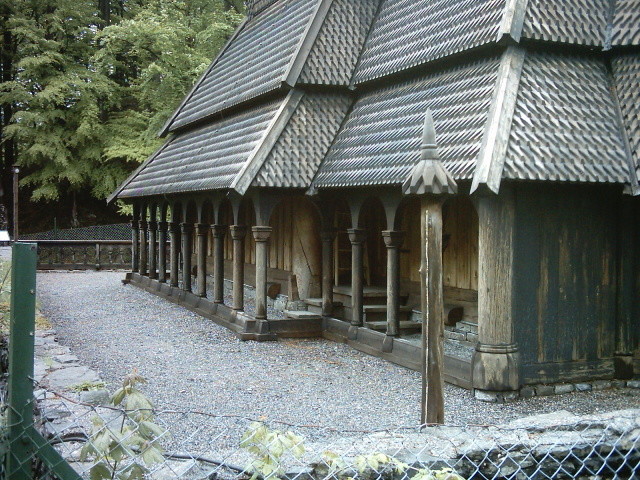

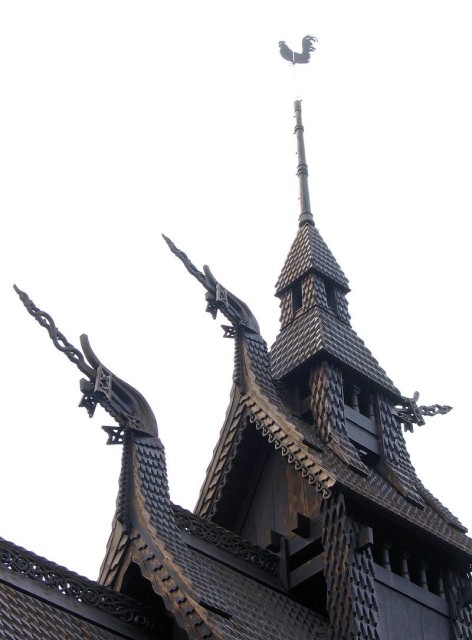
A photograph of the church’s burnt shell appears on the cover of the 1993 Burzum EP Aske (Norwegian for “ashes”). According to Vikernes, the church was burnt as retaliation against Christianity for building a church on sacred, pagan grounds.
Lead photo
